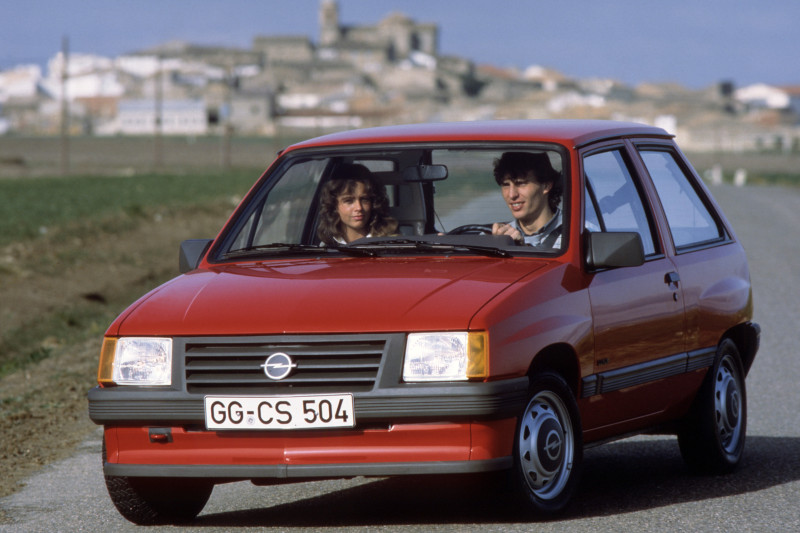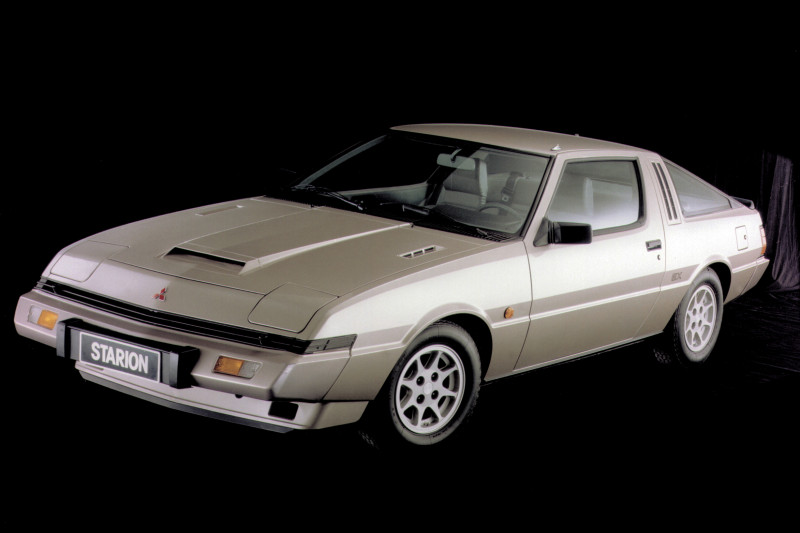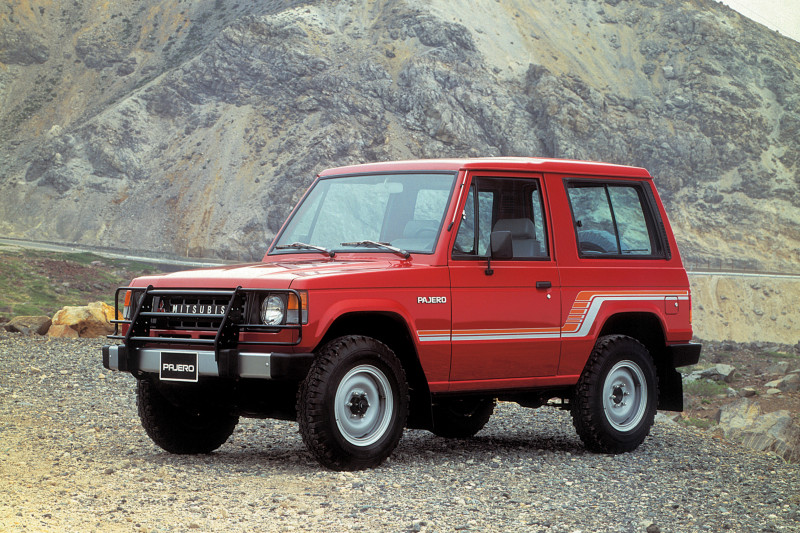Driving tax-free in a beautiful BMW 3-series, a cool Porsche or a fat Volvo? It’s possible! But you shouldn’t mind driving a car that is 40 years old. You will drive these classic cars tax-free in 2022!

BMW 3 Series (E30)

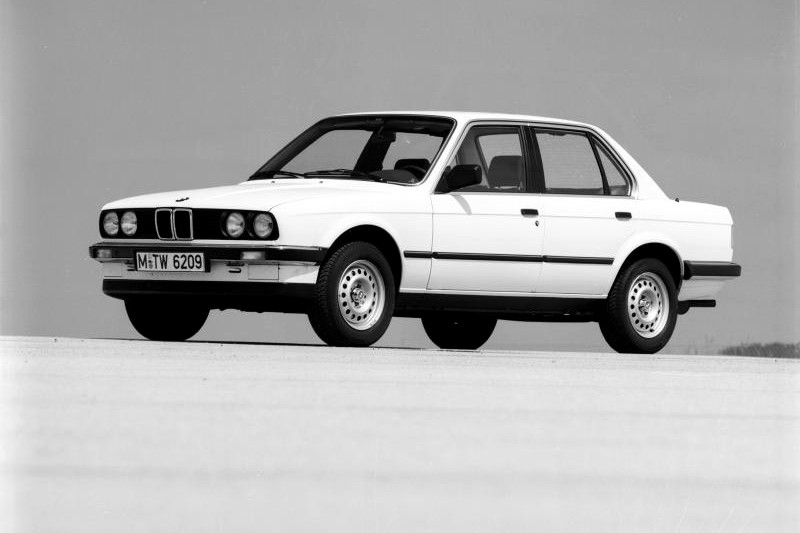
In 1982 BMW introduced the new 3-series (E30), as the successor to the E21. The first threeier sold well and contributed significantly to BMW’s sporty image. The second BMW 3-series (E30) would easily surpass the success. First of all, it comes in more variants than its predecessor. Not only as a two-door sedan, but also as a four-door (1983), as a convertible (1985), as an M3 (1985) and as a practical Touring (1987, see issue 45 of our sister magazine Classic Cars). BMW also surpasses itself in terms of driving characteristics with the new 3-series. Where in the first version sometimes oversteer occurred at unexpected moments, you can send generation two through bends razor-sharp. The BMW E30 has been praised and is still known for its pure driving characteristics. In the Netherlands, the BMW E30 will not be launched on the market until 1983, but you can of course try to score an import car from 1982. That is not an easy task, because only a few thousand were built that first year. The prices start around 10,000 euros, and have peaks to 30 mille.
Volvo 760
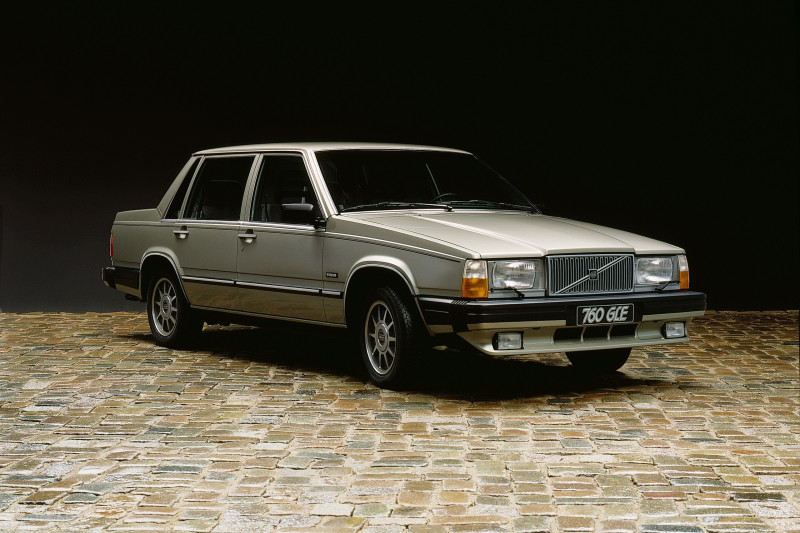
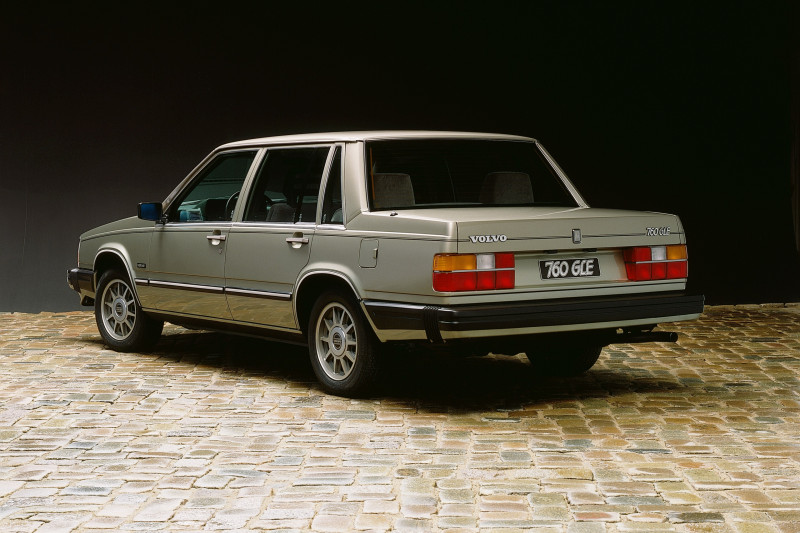
Many brands were under the spell of the wind tunnel in the early 1980s. But when we witness the world premiere of the Volvo 760 at the AutoRAI in Amsterdam in February 1982, Volvo seems to have no problem with aerodynamics. Although the 700 series (first the 760, then the 740 and later the 780) looks much more modern than the Volvo 240, it is still very recognizable as a Volvo. Albeit with an American sauce. The square lines seem to go against all aerodynamic fashion trends. Volvo proves that appearances can be deceiving, because despite the angular shapes, the aerodynamics are not so bad. The build quality is even better. Many copies of the 700 series are still driving after forty years and hundreds of thousands of kilometers on the clock. The type designations of the 700 series initially seem very transparent. The Volvo 740 has four-cylinder engines, the 760 six-cylinder. But then again not. For example, 700s with the six-cylinder diesel (borrowed from Volkswagen) still get the ‘740’ type plate screwed up. And to complete the confusion, the Volvo 760 Turbo has a blown four-cylinder. Prices for an early 760 in good condition start at around 6000 euros.
Porsche 944
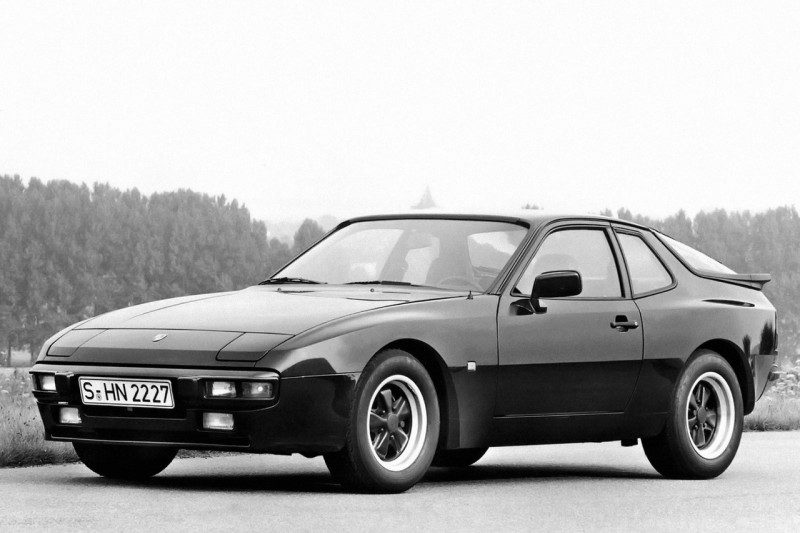
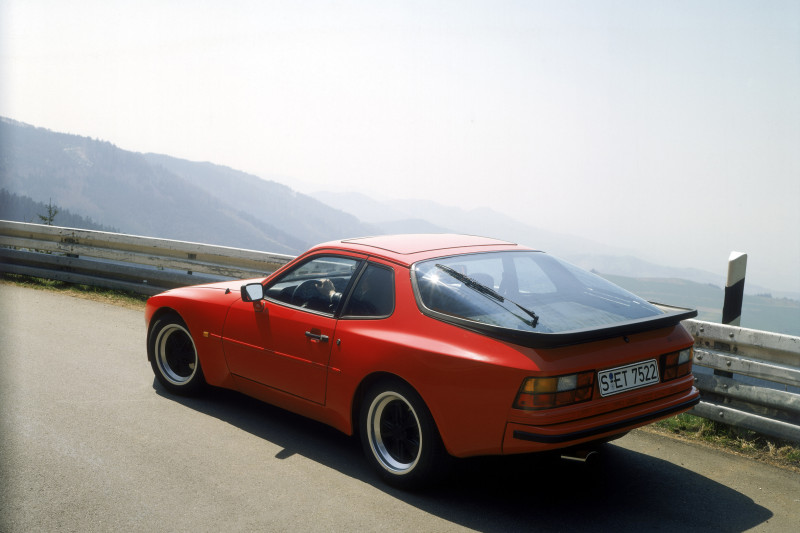
At Porsche, we can write the same tune for all models that are not called 911: “The fans didn’t like it, but the car was a great success.” The Porsche 944 also falls into that category with its charming folding headlights. It was more affordable and more modern than the 911, with a water-cooled four-cylinder inline engine (150 to 250 hp) placed in the front. The latter was a mortal sin for inveterate fans, so the Porsche 944 was immediately dismissed in their eyes. The success is no less and according to financial experts, the money that Porsche earns with the 944 has contributed to the survival of the poorly performing brand in the eighties. On Marktplaats.nl we see that the prices for the Porsche 944 vary widely. From a good 5000 euros to 27,000 euros.
Ford Sierra
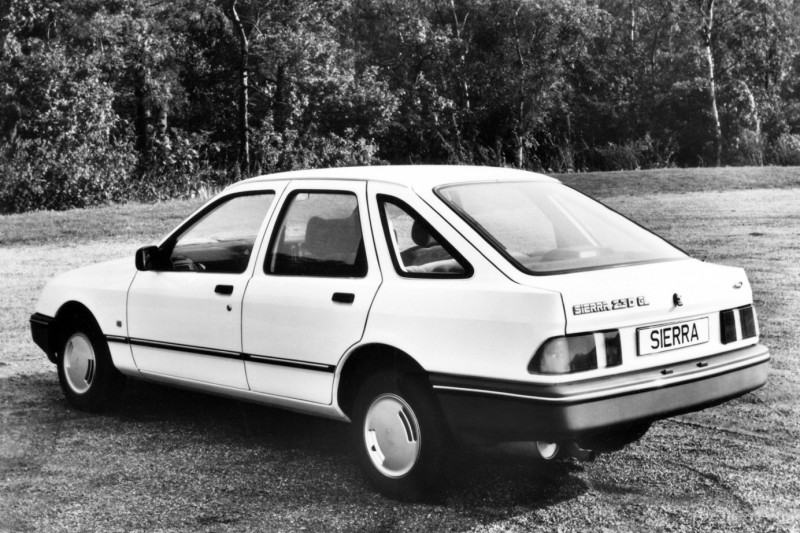

While Volvo seems to be preaching the theory of evolution with the new 760, the revolution breaks out at Ford in 1982. In the service of aerodynamics – because that was the way to reduce fuel consumption at the time. When the successor to the Ford Taunus is unveiled at the Birmingham Motor Show, part of the crowd is choked to death. afternoon tea. The break with the past is radical: the Taunus was a conservatively styled car, while the streamlined Ford Sierra takes you straight into the future. That trend break is a bridge too far for many buyers, so that the Sierra initially does not sell well. That changes when a four-door sedan variant appears in addition to the hatchback and station wagon from 1987. In fact, the Ford Sierra will be a blockbuster and will remain in production for 11 years. Unfortunately, there are hardly any Sierras from the first years of construction in the Netherlands. In Germany the chance of success is greater, and there you certainly do not pay the top price for a classic Sierra.
Audi 100 (C3)

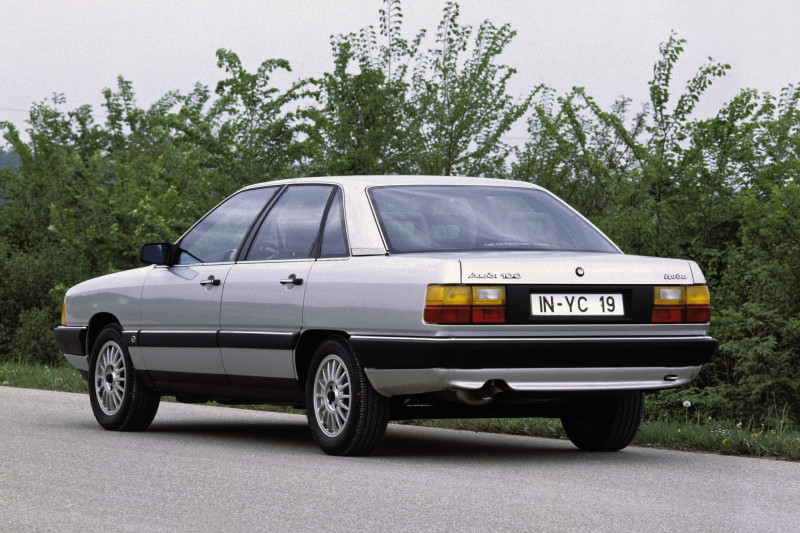
1982 is a wonderful year for the German car industry, because Audi also comes with a startling new model. In Ingolstadt, hard work was done on the third generation of the Audi 100 (C3). Audi did not yet have the status of BMW and Mercedes in 1982 and that was a thorn in the side of then director Ferdinand Piëch (later disgraced due to the diesel scandal, among other things). No expense is spared to improve build quality and reliability. The Audi 100 is especially famous for its favorable Cw value of 0.30. The Quattro four-wheel drive, with which Audi has been very successful in rallying, is also making its way into the 100. It may have cost blood, sweat and tears, but the efforts are not in vain. Meanwhile, the 100 C3 gets credit for Audi’s promotion to the top of the car industry. In October 1982 the Audi 100 C3 is at the Dutch dealers. Unfortunately, it also applies to this new duty-free classic that early copies are hardly to be found.

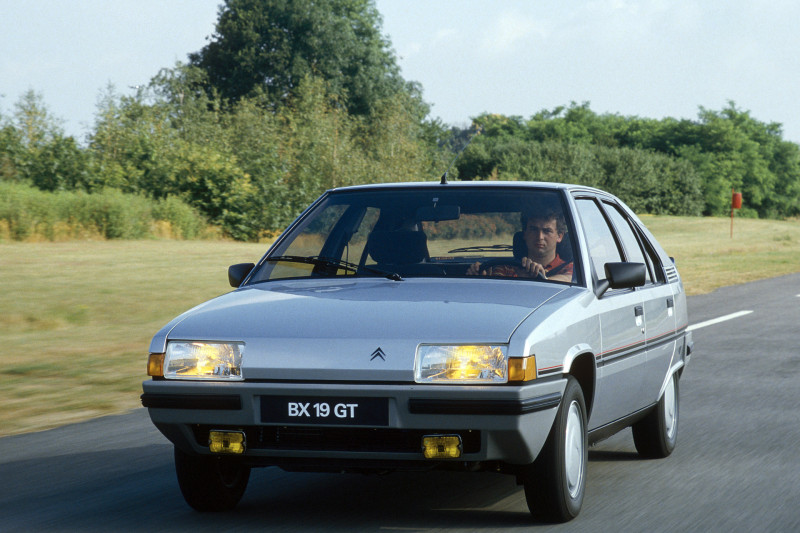
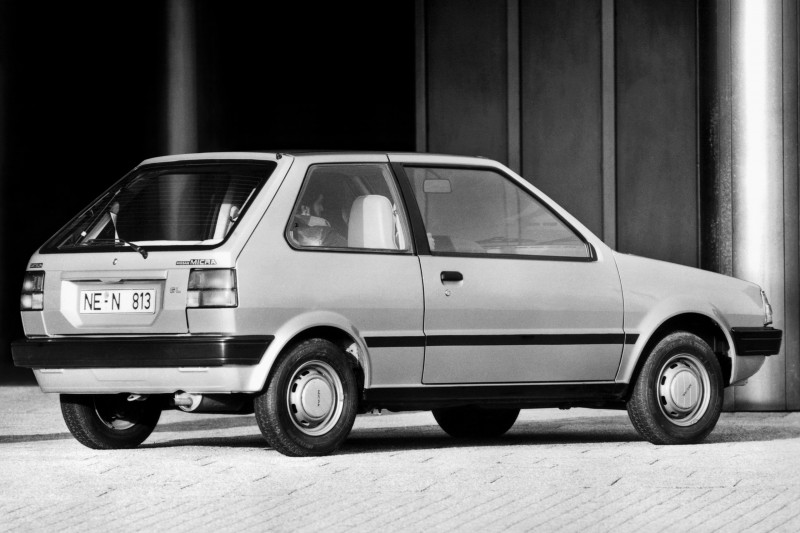
The Mercedes 190 (baby-Benz), Citroën BX, Nissan Micra, Nissan Prairie and Opel Corsa also made their show debut in 1982. Unfortunately, they only came on the market in 1983, so that they can only be driven tax-free in 2023. Mitsubishi introduced a whole raft of new models in 1982. The sporty Cordia and Starion, the solid Tredia and the tough Pajero. Unfortunately, all four Mitsubishi’s are extremely rare these days. are.
